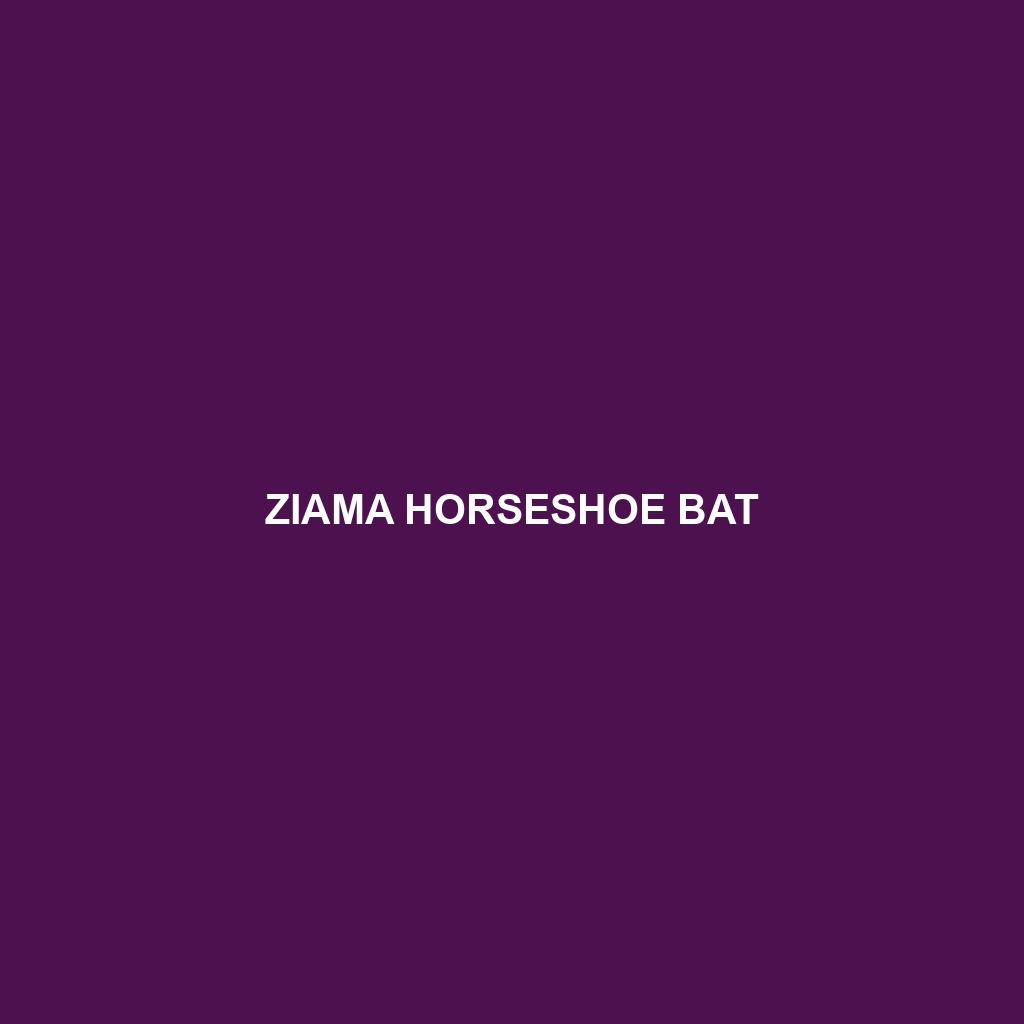Dobson’s Horseshoe Bat: A Comprehensive Species Description
Common Name: Dobson’s Horseshoe Bat
Scientific Name: Rhinolophus dubius
Habitat
The Dobson’s Horseshoe Bat is primarily found in tropical and subtropical regions, favoring forests, caves, and occasionally urban areas. This species is commonly located in parts of Southeast Asia, particularly in countries such as Malaysia, Indonesia, and the Philippines. They thrive in humid environments where they can find roosting sites that offer protection from predators and unfavorable weather conditions.
Physical Characteristics
The Dobson’s Horseshoe Bat typically measures about 6.5 to 10 centimeters in body length, with a wingspan ranging from 30 to 35 centimeters. Its fur is generally dark brown to gray, providing excellent camouflage against tree bark. Notable features include a distinct horseshoe-shaped noseleaf, which helps enhance its echolocation abilities, and long, slender wings adapted for agile flight.
Behavior
This species is primarily nocturnal, emerging at dusk to forage for food. Dobson’s Horseshoe Bats are known for their agile flying patterns as they navigate through dense foliage. They often roost in small colonies found in caves or under the eaves of buildings, showcasing social behavior during their resting periods. Their communication consists of high-frequency calls utilized during echolocation to locate prey and avoid obstacles.
Diet
Dobson’s Horseshoe Bat primarily feeds on insects, particularly moths and beetles. They forage in forested areas, using echolocation to detect and track their prey in complete darkness. This bat plays a critical role in controlling insect populations, making them a vital part of their ecological niche.
Reproduction
The breeding season for Dobson’s Horseshoe Bat typically occurs in late spring. Females give birth to a single pup after a gestation period of about 60 to 70 days. Mothers exhibit strong maternal care, nursing their young until they are capable of independent foraging. Pups begin to fly about three weeks after birth, joining their maternal colony.
Conservation Status
The Dobson’s Horseshoe Bat is currently classified as vulnerable by the International Union for Conservation of Nature (IUCN). Habitat loss, mainly due to deforestation and urban development, poses significant threats to their population. Conservation efforts are focused on habitat protection and raising awareness about the importance of bats in ecosystems.
Interesting Facts
Dobson’s Horseshoe Bat has a unique adaptation that allows it to detect even the faintest sounds, making it one of nature’s most skilled hunters. Additionally, their social structure is fascinating, as they often form small groups to roost, enhancing their safety from predators and environmental changes.
Role in Ecosystem
As insectivores, Dobson’s Horseshoe Bats play a critical role in maintaining ecological balance. By consuming large quantities of insects, they help reduce pest populations, which benefits agriculture and human habitation. Their presence in an ecosystem indicates a healthy environment, as they sync with other species, contributing to biodiversity.
